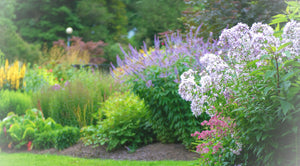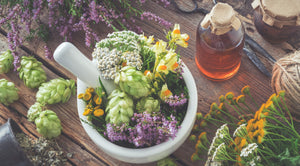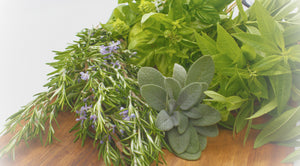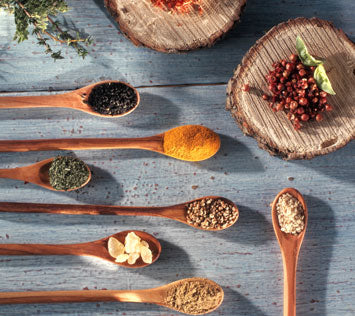Thymes to Plant!
Thymus is a genus of over 400 species of aromatic hardy and non-hardy perennials with very small, fragrant leaves and twiggy stems. Thymes are
herb plants native to Mediterranean Europe, as far as the British Isles. These wonderful
culinary herbs have long been cultivated for their neat and orderly appearance in the container, border, rock garden and dry walls. The creeping varieties are excellent as ground covers or fill in between pavers. Thymes grow wild on the hillsides in Greece and well-known in the ancient world. Sumerians used it as a
medicinal herb, and Egyptians used it as an ingredient in mummification. Thyme was used by the Greeks as a temple incense; the word thyme comes from a Greek word meaning "to fumigate". Thyme is a wonderful aromatic herb. The Greeks and Romans used thyme for its healing properties. It was thought to be an aphrodisiac and was enthusiastically strewn around banquet halls in the Middle Ages! Thyme was considered to be a symbol of courage, knights rode into battle with sprigs of thyme embroidered into their scarves. Shakespeare speaks of thyme in A Midsummer Night's Dream:
"I know a bank where the wild thyme grows", says King Oberon, king of the fairies.Click here to see our full line of thymes and related products!Thyme is an easy herb to grow; all thymes need full sun and dry, light, well-draining soil. If grown in too rich soil, the plant tends to grow excessively and makes the plant susceptible to disease and winterkill. Keep thymes well cut back in the growing season so that they do not get too woody. Once the plant develops an open center, either divide the plant or replace. If growing in a humid area, watch for fungus. They do not like "wet feet"! Thyme does grow well indoors on a sunny windowsill.
Thyme is a major culinary herb and has a wonderful aroma. You can use thyme in a multitude of dishes, either fresh or dried. Harvest the leafy tops and flower clusters.






